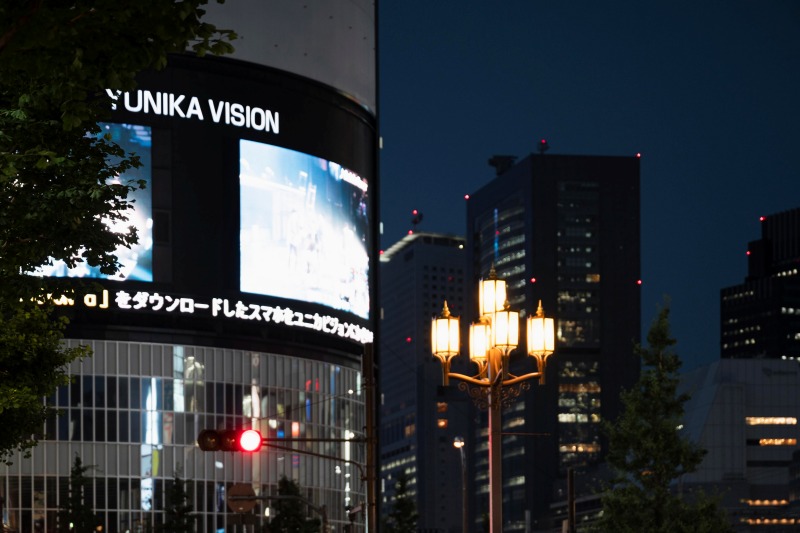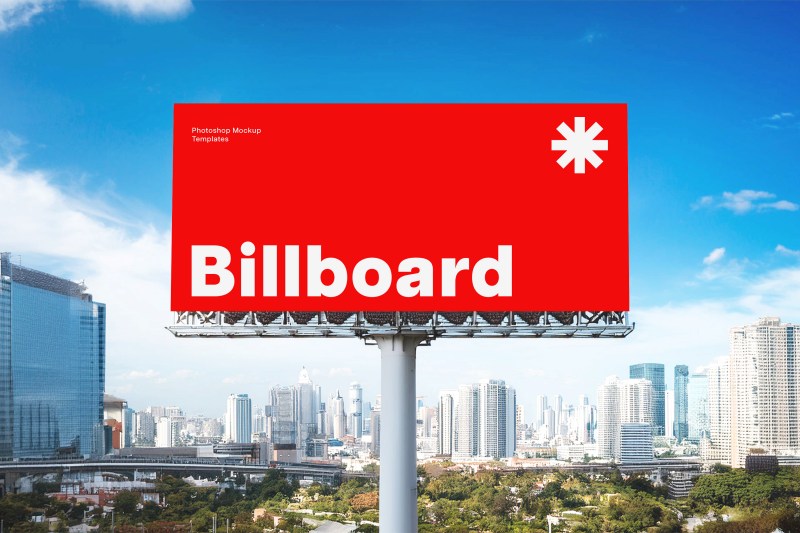In the age of endless scrolling, where TikTok trends emerge overnight and Instagram reels travel faster than TV commercials, it’s easy to assume that traditional out-of-home (OOH) advertising — billboards, banners, and videotrons — has lost its shine. Why compete with personalized, algorithm-driven feeds when everyone’s eyes are on their phones?
Yet, our recent research tells a more nuanced story. Conducted by Populix through six online focus group discussions (FGDs) and a digital diary study with digitally savvy male and female consumers in Jakarta aged 25–44 from upper and middle socio-economic classes, the study uncovered a media reality where OOH still matters — though in different ways for different types of consumers. Data collection was entirely online, with transcripts and diary entries analyzed using a thematic analysis approach via MAXQDA qualitative software.
OOH in a Digital-First World
The research revealed that OOH media now plays a dual role:
- Triggering curiosity that continues online — A billboard or street banner may no longer be the final step before purchase, but it can spark a search on TikTok, Instagram, or Google.
- Reinforcing familiarity through repetition — Regular exposure during commutes or in neighborhood hotspots helps keep a brand top-of-mind even when consumers aren’t actively looking.
Instead of competing with digital channels, OOH often works in tandem with them. The billboard isn’t the whole conversation anymore — it’s the opening line.
Five Segments, Five OOH Relationships

From our analysis, five consumer segments emerged, each interacting with OOH in its own distinct way.
1. Trend-Driven Social Explorers
For this group, TikTok and Instagram are the primary playgrounds, but OOH still has a strong pull when it feels connected to the digital buzz — a billboard tied to a hashtag challenge, a QR code leading to an AR filter, or a striking visual they’ve already spotted in their feed. For them, OOH works best as a bridge to digital content: it must be fresh, shareable, and visually distinctive so it sparks that immediate instinct to search, screenshot, or share.
2. Purposeful Information Seekers
These consumers see OOH as a signpost rather than the final word. A campaign they pass by is mentally bookmarked for later research, where they’ll dig into reviews, comparisons, and credible proof before acting. The most effective executions for them are those that give enough specifics — a clear brand name, product visual, or direct call-to-action — to trigger that next step in their decision-making journey.
3. Community-Centric Connectors
For these consumers, OOH resonates most when it feels local and personal. A banner at a neighborhood event, a mural on a familiar street, or a sponsor logo at a school fair becomes a talking point in WhatsApp or Facebook groups. Here, the relevance of OOH lies in its ability to build trust by being physically present in the spaces where its real-world relationships unfold.
4. Passive Media Grazers
This group rarely seeks out brand information actively; instead, they absorb whatever appears in front of them, whether on a street corner or in their feed. For them, OOH functions as a steady backdrop, building recognition through repetition. The more they see it, the more likely they are to recall it in a spontaneous purchase situation — a quiet but powerful way OOH shapes choices.
5. Tradition-Plus-Digital Hybrids
Comfortable in both traditional and digital spaces, these consumers still regard OOH with the same trust they give to TV or radio. Consistent physical presence signals credibility, but they expect it to be backed up by a matching online presence. In this way, OOH acts as an anchor in integrated campaigns, validating brand legitimacy while guiding them toward deeper engagement online.
Why OOH Still Holds Its Ground
Across these five segments, what becomes clear is that OOH is no longer just a static backdrop to daily life — it’s a living touchpoint that gains meaning when woven into the rhythms of a consumer’s media journey. In a digital-first world where attention spans are fleeting and fragmented, the sheer physicality of OOH gives it a kind of permanence no banner ad can match. A well-placed billboard, a vibrant mural, or even a simple bus shelter poster can cut through the algorithmic noise precisely because it’s impossible to scroll past in real life.
For Trend-Driven Social Explorers, OOH thrives when it sparks a digital echo — a photogenic ad that pops up in their TikTok feed later, or a QR code that invites them into a shareable experience. Purposeful Information Seekers treat OOH as a breadcrumb trail, guiding them toward deeper exploration online. Community-Centric Connectors see it as a badge of local relevance, proof that a brand is part of their physical environment, not just an abstract online presence. Passive Media Grazers absorb it almost subconsciously, yet repeated exposure ensures the brand stays top-of-mind when purchase moments arise. And for Tradition-Plus-Digital Hybrids, OOH reassures them that a brand they’ve noticed online is “real” — a tangible anchor that confirms legitimacy in an era of fleeting digital trends.
In short, OOH works best today when it doesn’t compete with digital, but complements it — offering a physical spark that either drives curiosity toward online spaces or reinforces trust built there. Its relevance comes not from clinging to old media dominance, but from evolving into a connector between the physical streets people walk and the endless scroll they navigate every day.
Writer’s bio
Prabu is an experienced qualitative researcher with over 13 years in the consumer research industry. His expertise lies in healthcare and UX research, driven by a passion for understanding and improving the consumer experience. Prabu holds a master’s degree in social psychology of health and is also a cancer survivor. In his free time, he volunteers as a patient advocate and navigator for cancer patients, bringing his professional expertise and personal experience to support others on their healthcare journey.

Related article: Market Research Company: Key to Smarter Business Decisions

 IDN
IDN
 ENG
ENG 


